Extension Programs at ArtCenter
Our ACX, ACX Teens, and ACX Kids programs are currently on pause as we reimagine the future of Extension Studies at ArtCenter. We're working behind the scenes to create fresh, inspiring learning experiences for artists and designers of all ages.
Self-Guided Creative Activities
Looking to grow your creative voice on your schedule? These self-guided activities let you explore the work of inspiring artists and animators while developing your ideas through reflection, sketching, photography, and design. Choose an activity that speaks to you and start creating—no deadlines, just your imagination and curiosity.
Want to be the first to hear when new programs launch?
Join our mailing list and stay in the know.
Thanks for your interest — we’re excited for what’s next!
Stay Connected
Join our Extension Programs mailing list to get updates on future courses.
Summer Teens Program
Start Creating at Your Own Pace
Choose from a series of artist-inspired activities designed to help you reflect, design, and express your ideas—whenever inspiration strikes.


Entertainment Design alumna finds career path through ArtCenter for Teens


Actor Aldis Hodge reflects on the impact of ArtCenter’s teens program on him as a watch designer
Contact Us
If you have any questions, please don’t hesitate to reach out—we’re happy to help and look forward to hearing from you.
ArtCenter Extension
626 396-2319
acx@artcenter.edu











